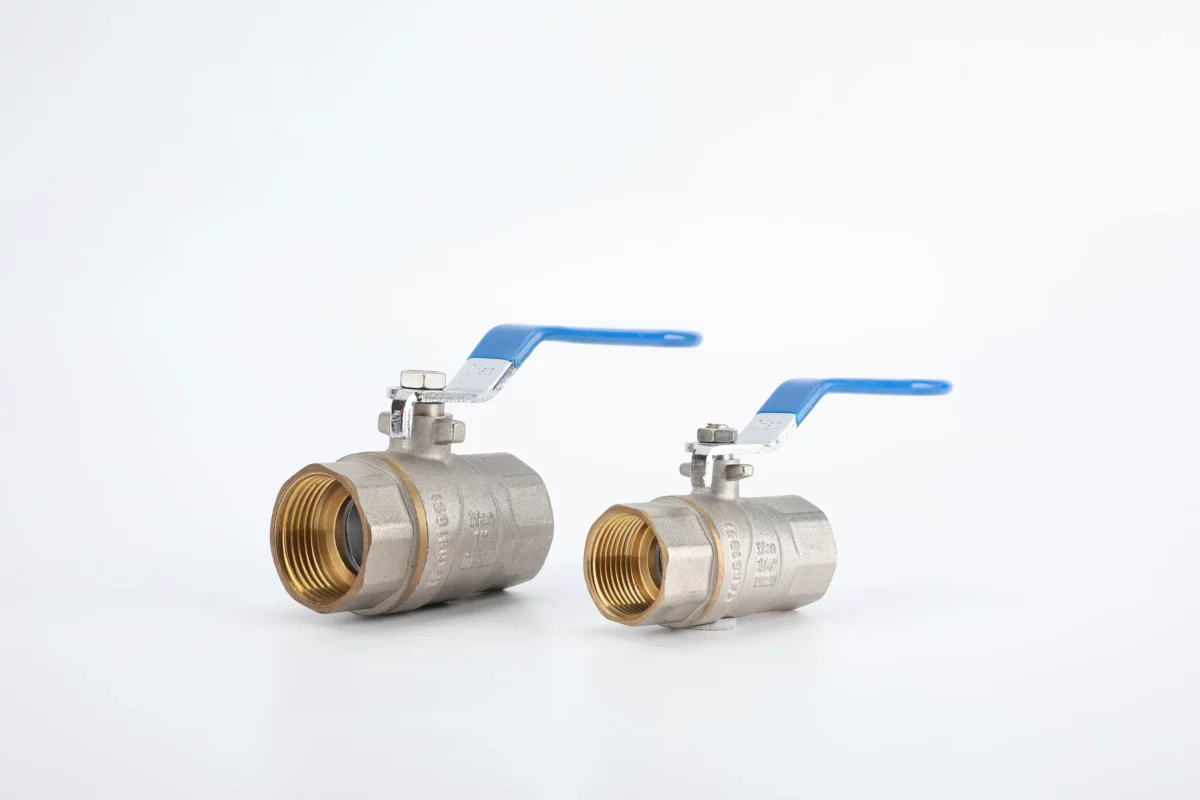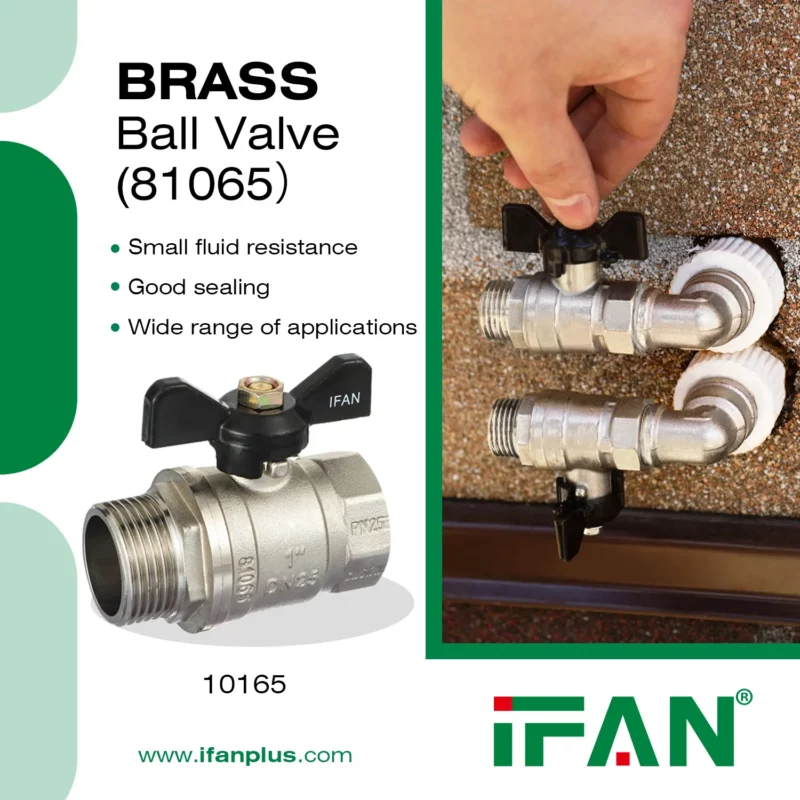1. Introduction to Brass Ball Valves
Brass ball valves are widely used in various industries for their durability and reliable performance. One crucial aspect of their performance is temperature resistance. Understanding the temperature limits of brass ball valves is essential for ensuring their effectiveness in different applications.
2. Composition of Brass
Brass is an alloy primarily composed of copper and zinc. The specific properties of brass can vary depending on the exact ratio of these metals and any additional elements. The temperature resistance of brass is influenced by its composition, which can affect its strength and durability under different temperature conditions.
3. Temperature Range of Brass Ball Valves
Brass ball valves generally perform well within a moderate temperature range. Typically, brass valves can handle temperatures from about -20°C to 120°C (-4°F to 248°F). Beyond this range, their performance may degrade. For instance, in heating systems where temperatures exceed 120°C, alternative materials may be required to ensure proper operation.
4. Effects of High Temperatures
Exposure to high temperatures can cause brass to lose its strength and flexibility. Prolonged exposure to temperatures above 120°C can lead to softening of the brass, potentially causing deformation or failure of the valve. For example, in industrial steam applications where temperatures are high, brass ball valves may need to be replaced with valves made from materials designed to withstand higher temperatures.
5. Effects of Low Temperatures
At low temperatures, brass can become more brittle. However, brass generally maintains its mechanical properties well down to about -20°C. Beyond this temperature, there can be a risk of brittleness, which might affect the valve’s ability to operate effectively. In extremely cold environments, special considerations or materials might be necessary to prevent failures.
6. Thermal Expansion
Thermal expansion is a key factor to consider. As temperatures rise, brass expands, which can affect the fit and sealing of the valve. This expansion needs to be accounted for in the design of piping systems. For example, in a hot water system, the expansion of brass ball valves must be managed to prevent leaks or misalignment.
7. Impact on Sealing Materials
The temperature resistance of brass ball valves also affects the sealing materials used. Seals and gaskets must be compatible with both the temperature and the fluid being transported. For instance, in applications involving high temperatures, high-temperature-resistant seals like PTFE are used to ensure that the valve remains leak-proof and operational.
8. Applications Requiring High Temperature Resistance
Certain applications require brass ball valves to operate at higher temperatures. For instance, in hot water and steam systems, brass valves might be used with temperature-resistant seals to handle elevated temperatures safely. Engineers must carefully select the right valve and sealing materials based on the specific temperature requirements of the application.
9. Applications in Low Temperature Environments
In cold environments, brass ball valves are used in various applications, such as refrigeration systems. However, it’s crucial to ensure that the entire system, including the valve, is designed to handle low temperatures effectively. Proper insulation and material selection help in maintaining functionality and preventing damage due to cold conditions.
10. Comparative Analysis with Other Materials
When compared to other materials like stainless steel or plastic, brass has certain limitations regarding temperature resistance. Stainless steel, for example, can handle higher temperatures without losing strength. In applications where extreme temperatures are common, stainless steel or other high-temperature alloys may be preferred over brass.
11. Temperature-Related Failures
Common temperature-related failures of brass ball valves include softening at high temperatures and brittleness at low temperatures. Such failures can lead to leakage, operational issues, and system downtime. Regular maintenance and monitoring can help in identifying and addressing these issues before they lead to significant problems.
12. Manufacturer Specifications
Always refer to the manufacturer’s specifications for the exact temperature limits of brass ball valves. Different grades of brass and valve designs might have varying temperature tolerances. For example, a valve designed specifically for high-temperature steam applications will have different specifications compared to a standard valve used in general applications.
13. Maintenance Considerations
Proper maintenance is essential to ensure that brass ball valves continue to perform well across their temperature range. Regular inspections and timely replacement of seals and gaskets help in maintaining valve functionality. Maintenance procedures should be tailored to account for the temperature extremes encountered in the application.
14. Future Developments
Future developments in materials science may lead to improved brass alloys with better temperature resistance. Advances in coating technologies and alloy formulations might enhance the performance of brass ball valves in extreme temperature environments. Keeping abreast of these developments can help in selecting the most suitable valves for specific applications.
15. Summary
In summary, brass ball valves offer good temperature resistance within a moderate range, typically from -20°C to 120°C. Their performance can be affected by both high and low temperatures, potentially leading to issues such as softening or brittleness. For applications with extreme temperatures, alternative materials or special designs may be necessary. Understanding these temperature limits and considering maintenance and material options are crucial for ensuring the reliable performance of them in various conditions.
If you have read this article and have any questions, please feel free to contact IFAN. Below is our contact information:
Whatsapp:+86 13373827623
Email:[email protected]
























































